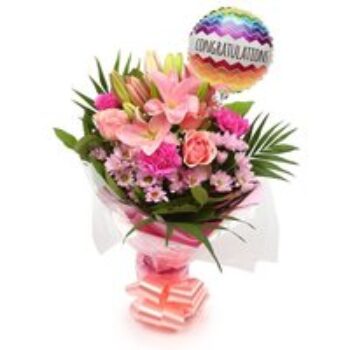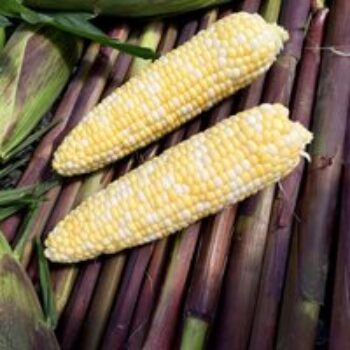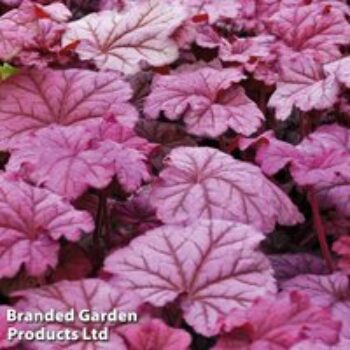In
mid-2027,
the
EU
directive
(2000/60/EC)
will
come
into
force,
which
will
affect
the
products
that
are
used
on
greenhouse
roofs,
and
that
my
end
up
in
surface
water.
Years
ago,
Lumiforte
started
transitioning
their
portfolio
to
become
more
sustainable
and
prepared
for
the
stricter
environmental
standards.
Bart
Hergaarden
(Commercial
Manager),
and
Ruben
Lensing
(Sales
Manager
Benelux
&
UK)
share
more
on
these
developments.
 Bart
Bart
Hergaarden
and
Ruben
Lensing,
Lumiforte
Lower
pH
It
means,
for
example,
the
development
of
a
new
generation
of
horticultural
coatings,
consisting
of
bio-based
and
biodegradable
ingredients.Yet,
cleaning
products
are
also
further
developed.
Bart
gives
the
example
of
ReduClean:
“Because
of
its
high
pH,
it
has
a
somewhat
corrosive
effect.
That
works
well
–
it
eventually
just
dissolves,
and
completely
breaks
down
in
the
water.”
Sustainability-wise,
it
was
time
to
rethink
this
product.
“We
developed
a
variant
of
Reduclean
that
meets
the
ECOCERT
standard,
making
ReduClean
ECO
less
corrosive.
So
it
enters
the
surface
water
or
basin
in
a
gentler
way.
There
are
also
fewer
restrictions
regarding
transport
and
storage,
which
also
contributes
to
sustainability.”
Environmental
standards
As
already
mentioned
in
the
introduction,
the
EU
directive
(2000/60/EC)
will
come
into
force
in
the
Netherlands
in
2027.
“We
obviously
want
to
meet
these
new
environmental
standards
well
in
time,”
Ruben
says.
“In
doing
so,
we
focus
on
unburdening
our
end
users,
the
horticultural
companies,
but
also
the
professional
network
of
contracting
companies,
and
companies
that
are
specialized
in
cleaning
greenhouse
roofs.
As
well
as
the
distributors
with
whom
we
cooperate
closely.
“
By
the
way,
in
Denmark,
the
sector
is
somewhat
ahead
of
the
Netherlands,
says
Bart.
“Since
this
year,
they
have
already
switched
100%
to
our
new
ReduClean
ECO
formula
cleaner
because
of
the
stricter
requirements.
That
has
to
do
with
stricter
municipal
legislation
there.”
Typically,
you
see
this
development
moving
from
north
to
south,
Ruben
adds.
“Usually
those
new
environmental
regulations
start
in
Scandinavia
and
then
that
slowly
sinks
down
into
Europe.”
Controlling
the
greenhouse
When
choosing
a
coating,
it’s
not
all
about
sustainability.
Controlling
the
greenhouse
climate
and
operations
is
also
an
important
consideration
for
growers.
Bart
explains
how
Lumiforte
responds
to
this
demand.
“Applied
ReduSystems
products
can
be
removed
or
cleaned
at
any
time.
There
are
also
coatings
that
wear
off
by
themselves.
However,
in
the
Netherlands,
growers
prefer
to
be
more
control.
They
say:
I
want
that
my
greenhouse
is
clean
in
this
week
to
have
all
the
light
back
in.”
This
is
because
in
the
Netherlands,
you
find
a
lot
of
automation,
sensors,
and
climate
computers.
“There
are
increasingly
accurate
measurements
which
inform
decision-making.”
Especially
vegetable
cultivation
is
strict
in
this
respect,
Ruben
observes.
“In
flower
cultivation,
there
is
a
bit
more
flexibility.
As
soon
as
the
days
start
getting
shorter,
some
vegetable
growers
are
already
inclined
to
take
the
coating
off.
We
keep
15
August
as
the
turning
point,
after
this
date
the
days
get
shorter
rapidly,
and
the
sun’s
position
gets
lower.
This
is
the
moment
when
growers
have
to
think
about
planning
the
removal
of
the
coating.
The
outdoor
climate
also
plays
a
role.
This
year,
we
had
a
wet
spring,
so
it
got
off
to
a
slower
start,
and
now
we
are
still
seeing
warm
days.”
Growers
can
use
the
cleaners
as
a
tool
to
remove
the
coating
whenever
they
want,
and
thus
directly
influence
the
greenhouse
climate.
The
importance
of
cleaning
Bart
and
Ruben
also
elaborate
on
the
importance
of
cleaning:
“Cleaning
is
very
important
because
the
days
are
rapidly
getting
shorter
at
the
moment.
In
the
autumn,
growers
need
all
the
available
sunlight
to
get
the
most
out
of
their
crops.
Not
for
nothing
people
used
to
say
‘1%
light
costs
1%
production’.
This
obviously
applies
to
the
timely
removal
of
screening
agents,
but
certainly
also
to
greenhouses
with,
for
example,
green
deposits
or
other
organic
contamination.”
In
addition:
sunlight
is
free.
The
more
optimally
sunlight
is
used,
the
more
energy
is
saved
on
artificial
light.
“A
clean
greenhouse
roof
is
very
important
when
it
comes
to
the
preparation
of
the
application
of
other
products
such
as
Anti
Reflect
coatings
or
Redusol.
A
clean
greenhouse
roof
contributes
to
getting
even
more
light
into
the
greenhouse.
In
this
way,
a
horticultural
entrepreneur
stays
in
control
of
light
and
heat
all
year
round.”
A
full-fledged
concept
Lumiforte
recommends
combining
the
cleaning
process
with
a
screening
agent
and
a
cleaner
from
the
company.
“It
is
a
full-fledged
concept.
It
allows
growers
to
meet
the
existing
environmental
requirements
when
they
use
ReduSystems
or
Sudlac,”
Ruben
explains.
“That
is
important,
the
more
so
because
water
quality
is
increasingly
scrutinized.”
Bart
agrees,
saying:
“Everyone
knows
that
things
are
becoming
more
strict,
and
eventually
we
have
to
comply
with
the
directive.
That’s
why
we
started
preparing
for
the
new,
ecological
formula
four
years
ago
–
not
only
because
of
the
legislation,
but
also
because
we
want
to
become
more
sustainable.”
As
part
of
that
transition,
the
company
now
doubled
the
number
of
staff
in
their
R&D
department,
which
currently
consists
of
11
members.
New
technology
Lumiforte
is
also
working
on
technological
developments.
Bart:
“In
the
coming
years,
we
will
increasingly
see
drones
flying
over
greenhouses
to
apply
screening
agents
or
to
clean
the
greenhouse
roof.”
In
addition,
Lumiforte
also
wants
to
better
understand
which
factors
outside
the
greenhouse
affect
the
greenhouse
climate.
“We
want
to
include
that
in
the
analyses
of
the
climate
computer.
In
the
coming
years,
we
are
going
to
make
efforts
to
increasingly
include
the
impact
of
the
coating
in
these
models.”
For
more
information:
Bart
Hergaarden

Lumiforte
Tel:
+31
(0)13
507
53
99
[email protected]
www.lumiforte.com


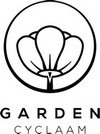
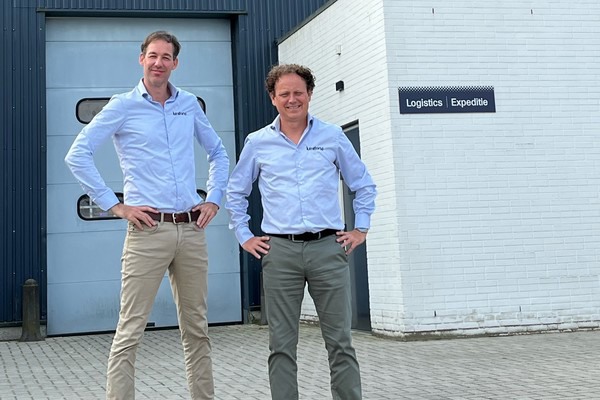 Bart
Bart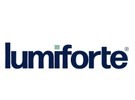
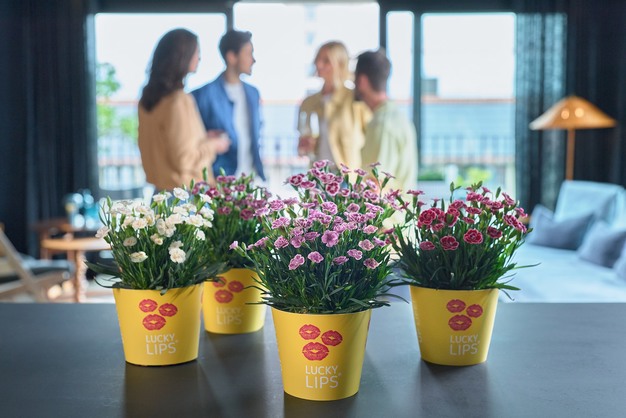
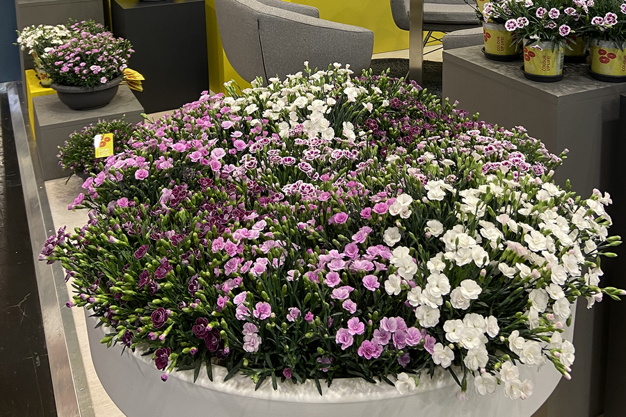
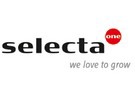
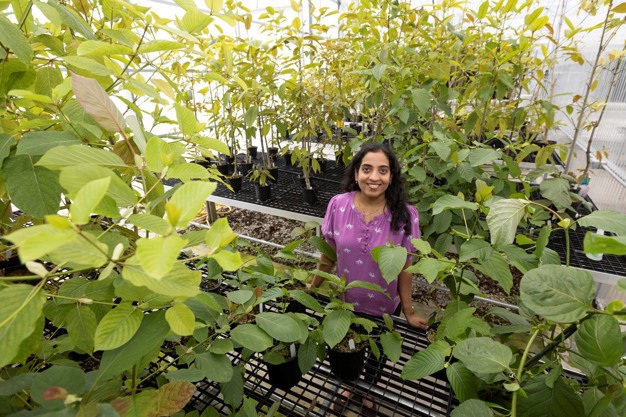 Satya
Satya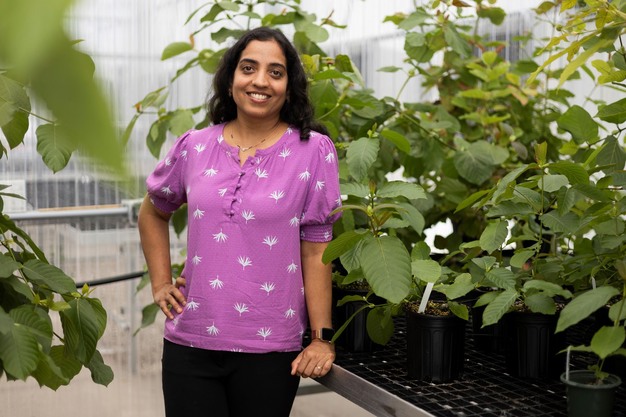



 The
The


